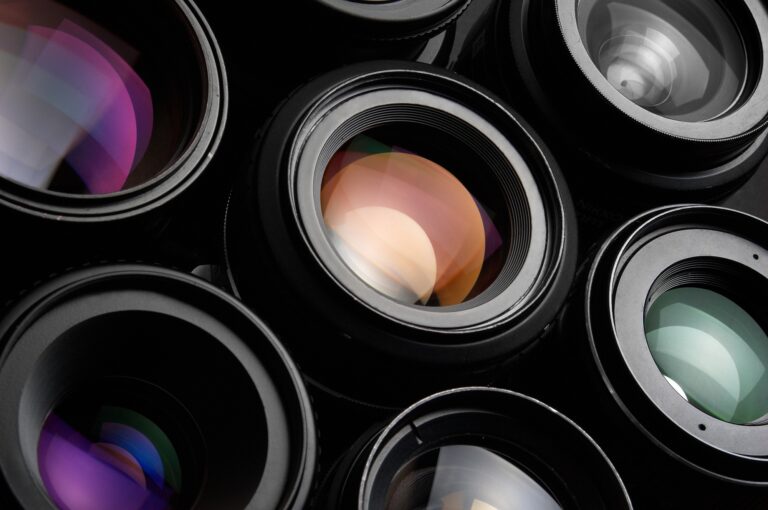What is actually the art of video production?
The Importance of Mastering the Art of Video Production
In today’s digital age, video has become an essential tool for communication, entertainment, and marketing. Whether you are a professional videographer or an aspiring filmmaker, mastering the art of video production is crucial to creating high-quality and engaging content. From understanding the basics of equipment and software to honing your skills in lighting, composition, audio, camera techniques, directing, editing, color grading, and distribution, this comprehensive guide will provide you with the tips and techniques needed for success in the world of video production.
Understanding the Basics: Essential Equipment and Software for Video Production
Before diving into the world of video production, it is important to have a solid understanding of the essential equipment and software needed to create professional-looking videos. A high-quality camera, tripod, microphone, and lighting equipment are the basic tools every videographer should have. Investing in a DSLR or mirrorless camera with manual controls and interchangeable lenses will give you more creative control over your shots. Additionally, a stable tripod will help eliminate shaky footage, while a good microphone will ensure clear and professional sound.
In terms of software, there are several options available for video editing, such as Adobe Premiere Pro, Final Cut Pro, and DaVinci Resolve. These programs offer a wide range of features and capabilities to edit and enhance your videos. It is important to familiarize yourself with the software and its functionalities to maximize your editing potential.
Pre-production Planning: How to Develop a Solid Video Concept and Script
Pre-production planning is a crucial step in the video production process. It involves developing a solid video concept and script that will guide the entire production. Start by brainstorming ideas and identifying your target audience. Conduct research to understand what type of content resonates with your audience and aligns with your goals. Once you have a clear concept in mind, create a detailed script that outlines the structure, dialogue, and visuals of your video.
Storyboarding is another important aspect of pre-production planning. It involves creating a visual representation of each shot in your video, allowing you to plan the composition, camera angles, and movement. Storyboarding helps ensure that your vision is effectively communicated to the rest of the production team and minimizes the chances of mistakes during the shoot.
Lighting and Composition: Techniques to Enhance Visual Appeal in Videos
Lighting and composition play a crucial role in enhancing the visual appeal of your videos. Proper lighting can set the mood, highlight important elements, and create depth and dimension. Understanding the different types of lighting, such as natural light, artificial light, and three-point lighting, will allow you to create the desired atmosphere for your video. Experiment with different lighting setups and techniques to achieve the desired effect.
Composition refers to the arrangement of elements within the frame. It involves considering factors such as framing, rule of thirds, leading lines, and balance. By following these principles, you can create visually pleasing and engaging shots. Experiment with different angles, perspectives, and framing techniques to add variety and interest to your videos.
Audio Mastery: Tips for Capturing Clear and Professional Sound
Good audio is just as important as good visuals in video production. Poor audio quality can ruin an otherwise well-shot video. To capture clear and professional sound, invest in a high-quality microphone and learn how to properly position it. A shotgun microphone is ideal for capturing audio from a distance, while a lavalier microphone is perfect for interviews and close-up shots.
In addition to using the right microphone, it is important to consider the environment in which you are recording. Avoid noisy locations and use soundproofing techniques, such as using blankets or foam panels, to minimize unwanted background noise. Monitoring audio levels during recording and using headphones to listen for any issues will help ensure that you capture clean and crisp sound.
Camera Techniques: From Framing to Movement, Elevate Your Video Quality
Mastering camera techniques is essential for elevating the quality of your videos. Framing refers to how you position and compose your shots within the frame. The rule of thirds is a popular technique that involves dividing the frame into nine equal parts and placing important elements along the intersecting lines or at their intersections. This creates a visually pleasing composition and adds balance to your shots.
Movement is another important aspect of camera techniques. Utilizing camera movements, such as pans, tilts, dollies, and tracking shots, can add dynamism and visual interest to your videos. However, it is important to use camera movements purposefully and avoid excessive or unnecessary movements that may distract the viewer.
Directing and Working with Talent: Effective Strategies for Guiding Actors and Interviewees
Directing is a crucial skill in video production, especially when working with actors and interviewees. Effective communication and clear direction are key to getting the desired performances and conveying your vision. Start by building a rapport with your talent and creating a comfortable and collaborative environment. Clearly communicate your expectations and provide guidance on character development, emotions, and delivery.
During interviews, it is important to make your subjects feel at ease and create a conversational atmosphere. Prepare a list of questions in advance, but be flexible and open to spontaneous moments. Active listening and reacting to your interviewee’s responses will help create a more engaging and authentic interview.
Editing Magic: Step-by-Step Guide to Polishing Your Videos
Editing is where the magic happens in video production. It is the process of selecting, arranging, and manipulating footage to create a cohesive and engaging story. Start by organizing your footage and importing it into your chosen editing software. Review each clip and select the best takes that align with your vision and script.
Once you have selected your footage, begin assembling the clips in the desired order. Pay attention to pacing, transitions, and continuity to ensure a smooth flow between shots. Add music, sound effects, and graphics to enhance the overall impact of your video. Experiment with different editing techniques, such as cutting on action, cross-cutting, and montage, to create dynamic and engaging sequences.
Color Grading and Visual Effects: Enhancing the Look and Feel of Your Videos
Color grading and visual effects are powerful tools for enhancing the look and feel of your videos. Color grading involves adjusting the colors, contrast, and saturation of your footage to create a specific mood or atmosphere. Experiment with different color grading techniques, such as warm tones for a nostalgic feel or desaturated colors for a more dramatic look.
Visual effects can be used to add visual interest and enhance the storytelling in your videos. Whether it’s adding text overlays, motion graphics, or visual transitions, visual effects can elevate the production value of your videos. However, it is important to use visual effects sparingly and purposefully, ensuring they enhance rather than distract from the content.
Distribution and Promotion: Strategies for Sharing and Marketing Your Video Content
Once your video is complete, it is important to have a distribution and promotion strategy in place to ensure it reaches your target audience. Start by uploading your video to popular video-sharing platforms, such as YouTube or Vimeo. Optimize your video’s title, description, and tags to improve its visibility in search results.
Promote your video through social media channels, email newsletters, and collaborations with influencers or relevant websites. Engage with your audience by responding to comments and encouraging them to share your video. Consider investing in paid advertising to reach a wider audience and boost your video’s visibility.
In conclusion, mastering the art of video production requires a combination of technical skills, creative vision, and effective communication. By understanding the basics of equipment and software, developing a solid concept and script, honing your skills in lighting, composition, audio, camera techniques, directing, editing, color grading, and distribution, you can create high-quality and engaging videos that captivate your audience. Remember to continuously learn and experiment with new techniques to stay ahead in this ever-evolving field.





